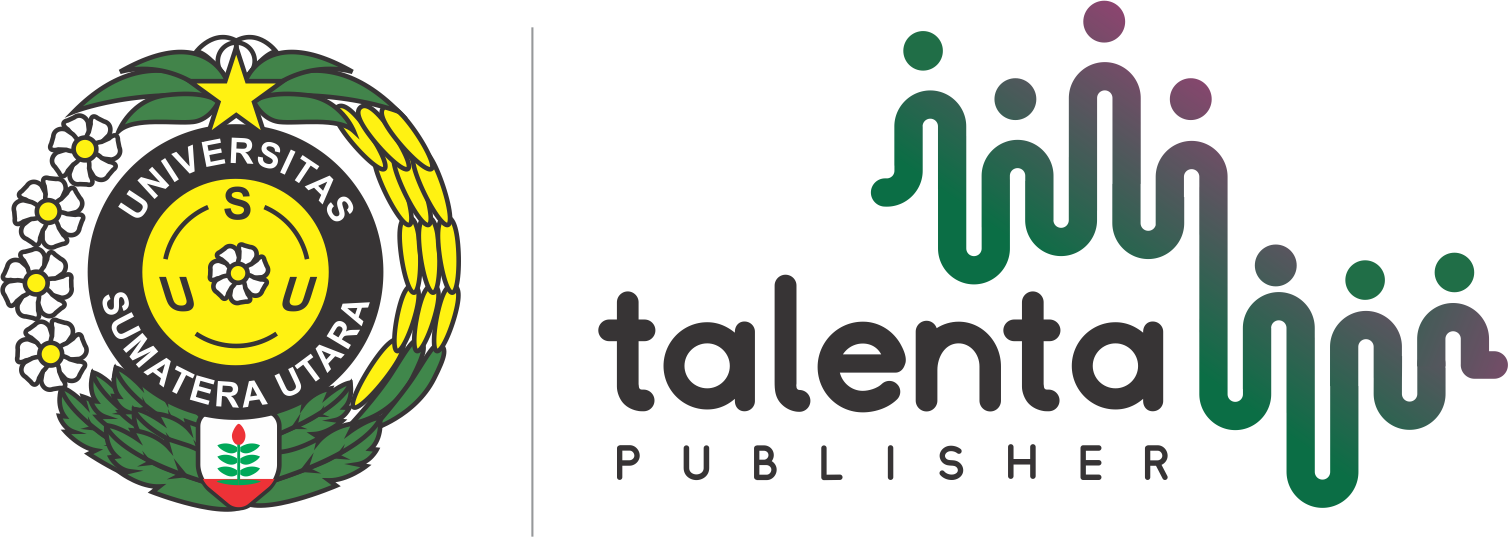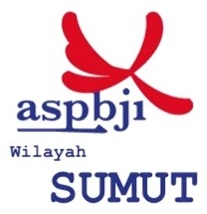An overview of Chinese and Indonesian adjective predicate to deepen understanding and translation
DOI:
https://doi.org/10.32734/ijcas.v9i1.17804Keywords:
Contrastive Analysis, Adjective Predicate Sentence, Chinese, IndonesianAbstract
Predicates are considered the center of sentences, and understanding them will help students understand the meaning of various utterances. A contrastive study between languages helps to understand the target language being studied. However, research on the contrast of Chinese and Indonesian predicates has not received enough attention. This paper focuses on a contrastive analysis of Chinese and Indonesian adjective-predicate sentences, namely the syntactic units that form the predicate and the related grammatical rules. The data in this study were Chinese and Indonesian adjective-predicate sentences from short stories, novels, and associated grammatical works. The data obtained were then analysed using the procedure described by James and the contrastive analysis method by Di Pietro. The results of the study show that Chinese and Indonesian predicates are similar in definition, but differ in the internal structure. The fundamental difference is that bare adjectives in Chinese sentences are used only in comparative contexts. In addition, some Indonesian adjective-predicate sentences must be added with “adalah” or demonstrative pronouns between the subject and predicate. While the equivalent in Mandarin is the verb “shi”, and sentences whose predicates are added with verbs will become verbal sentences. These findings will undoubtedly contribute to the understanding of Chinese language learners from Indonesia and are expected to provide input and references in the field of translation.
Downloads
References
Adi, D.P., & Rinada, A. (2020). The Role of Mandarin in Indonesia’s Tourism Sector. International Journal of Cultural and Art Studies, 4(1), 24-30.
Ai, R. (2024). Contrastive Analysis of Chinese and English Syntax: A Generative Introduction. Cambridge: Cambrdige Scholars Publishing.
Alwi, H. (2003). Tata Bahasa Baku Bahasa Indonesia [Standard Grammar of Indonesian]. Balai Pustaka.
Basuki, Ks, S. (2010). Capaian Estetik Prosa Fiksi Indonesia Abad ke-21. PRASI. Vol.6 (11), 19-28.
Chen, J. (1986). Xiandai Hanyu Juxinglun [Modern Chinese Sentence Theory]. Yuwen Chubanshe.
Chen, S., & Tsokalidou, R. (2021). Thoughts on the Use of “le” in Teaching Chinese to Speakers of Other Languages: Problems and Suggestions. Open Journal of Social Sciences, 9, 610-627. https://doi.org/10.4236/jss.2021.99045
Chen, Y. (2006). Hanying Yufa Bizhao: Jufa Bufen Danju Chengfen. Journal of Hubei University of Economics (Humanities and Social Sciences). 177-179.
Collins, C., Goei, C., Chandra, J., Mizanurhamni. (2021). Analisis Kesalahan Penggunaan Kata Bantu Aspek Le Bahasa Mandarin pada Mahasiswa Sekolah Tinggi Harapan Bersama [Error Analysis in the Use of the Chinese Language Aspect Le in Harapan Bersama High School Students]. Jurnal Cakrawala Mandarin: Asosiasi Program Studi Mandarin Indonesia, 5(2), 151-169. http://dx.doi.org/10.36279/apsmi.v5i2.138.g79
Desmayanti, F.M. & Widyaningsih, G.E.N. (2022). Analisis Komplemen Bahasa Mandarin atau Buyu dalam Cerita Anak Bahasa Mandarin [Analysis of Chinese Language Complements or Buyu in Chinese Children's Stories]. Jurnal Cakrawala Mandarin: Asosiasi Program Studi Mandarin Indonesia, 6(2), 160-172. http://dx.doi.org/10.36279/apsmi.v6i2.169.g101
Ding, Y. (2001). Hanyu Xingrongci zuo Weiyu de Tedian ji Qi Tiaojian. Journal of Radio & TV University Philosophy and Social Sciences, 2(116), 93-94.
Dixon, R.M.W. (2004). Adjective Classes in Typlogical Perspective. In R.M.W. Dixon & Y.A. Alexandra. Adjective Classes: A Cross-Linguistics Typology (pp. 1-49). Oxford University.
Gass SM, Behney J, Plonsky L (2013) Second Language Acquisition: An Introductory Course. 4th ed. New York: Routledge.
Gass SM, Mackey A (eds). (2012). The Routledge Handbook of Second Language Acquisition. New York: Routledge, pp. 303–318.
Goven, R.M. (2020). Ciyu Daxue Zhongwenxi Hanyu “De” Zi Qingtai Buyuju de Pianwu Fenxi [Error Analysis of the Modal Complementary Sentences of the Chinese Character "De" in the Chinese Department of Bunda Mulia University]. Jurnal Cakrawala Mandarin: Asosiasi Program Studi Mandarin Indonesia, 4(2), 47-65.
Hamada M, Koda K (2008) Influence of first language orthographic experience on second language decoding and word learning. Language Learning 58: 1–31.
Kadaruddin, A. K. (2015). Contrastive Analysis of Between Mekongga and English Syntax. International Journal of Language and Linguistics, 3(3), 110-115. https://article.sciencepublishinggroup.com/html/10.11648.j.ijll.20150303.11.html
Koda K (2014) Development of second language reading skills. Cross-linguistic perspectives. In:
Lan, B. (2002). Hanyu Yufa Fenxi de Lilun yu Shijian. Beijing: Zhongguo Shehui Kexue Chubanshe.
Lei, Z. (1997). Hanying Zhuweiyu Xingshi Bijiao. Guangxi Jiaoyu Xueyuan Xuebao. 1997 (3), 68-72.
Levy, M. (2021). Debate on the Class Status of Mandarin Chinese Adjectives and Verbs: An Empirically-Based Evaluation+A Comparison of Stacking Behaviors. (Thesis, Haverford College)https://www.swarthmore.edu/sites/default/files/assets/images/linguistics/HAV%20Mariella%20Levay.pdf
Li, J, Ren A, & Wu, S. (2007). Yinghanyu Weiyu Bijiao. Daxue Yingyu. 4(2), 57-61.
Li, X., Li, W. & Cui, Y. (2021). The Use of Le in Mandarin Chinese Oral Discourse. Chinese Language and Discourse. 12(2), 1-23. https://doi.org/10.1075/cld.00033.li
Lin, R. (2020). Xingrongci Weiyuju Ji Mingci Weiyuju de Yixie Wenti: Tan Yuyi Fenxi Yu Huayu Jiaoxue [Some Problems of Adjective Predicate Sentences and Nominal Sentences: On Semantic Analysis and Chinese Teaching]. J-Stage. 2020(267), 1-23. https://doi.org/10.7131/chuugokugogaku.2020.267_1
Liu, Y. (2007). Shiyong Xiandai Hanyu Yufa [The Use of Modern Chinese Grammar]. Shangwu Yinshuguan.
Luo, J. (2022, March 3). Duiwai Hanyu Jiaoxue “De”, De”, “De” Pianwu Fenxi [Error Analysis of the "De", "De" and "Di" in Teaching Chinese as a Foreign Language]. https://www.sinoss.net/c/2022-03-30/621501.shtml
Lü, S. (2009). Xiandai Hanyu Ba Bai Ci [The Eight Hundred Words of Modern Chinese]. Shangwu Yinshuguan.
Mao, G. (2007). Shiyong Yinghan Duibi Jiaocheng: A Practical Course in Contrastive Studies of English and Chinese. Chongqing: Chongqing Daxue Chubanshe.
McDonald, E. (2020). Grammar West to East: The Investigation of Linguistic Meaning in European and Chinese Traditions. Sydney: Springer.
Misdawati. (2019). Analisis Kontrastif dalam Pembelajaran Bahasa [Contrastive Analysis in Language Learning].‘A Jamiy: Jurnal Bahasa dan Sastra Arab, 8(1), 53–66. http://dx.doi.org/10.31314/ajamiy.8.1.53-66.2019
Nur, T. (2016). Analisis Kontrastif dalam Studi Bahasa [Contrastive Analysis in Language Studies]. Arabi: Journal of Arabic Studies, 1(2), 64-74.
Perkins, Kyle, & Zhang, Lawrence Jun. (2022). The Effect of First Language Transfer on Second Language Acquisition and Learning: From Contrastive Analysis to Contemporary Neuroimaging. RELC Journal, 55(1), 162-178.
Sangidu, S. (1996). Data dan Objek Penelitian dalam Penelitian Sastra. Humaniora. Vol.3 (1996), 69-77. https://doi.org/10.22146/jh.1948
Shalehoddin., & Roulina, S. (2018). Syntactical Analysis on Subject and Verb Usage in Descriptive Writing of Eighth Grade Students at SMP Bhinneka Nusantara Batam 2. Anglo Saxon: Journal of the English Language Education Study Program, 9(1), 107-114. https://doi.org/10.33373/anglo.v9i1.1421
Downloads
Published
How to Cite
Issue
Section
License
Copyright (c) 2025 Ayu Trihardini

This work is licensed under a Creative Commons Attribution-ShareAlike 4.0 International License.













